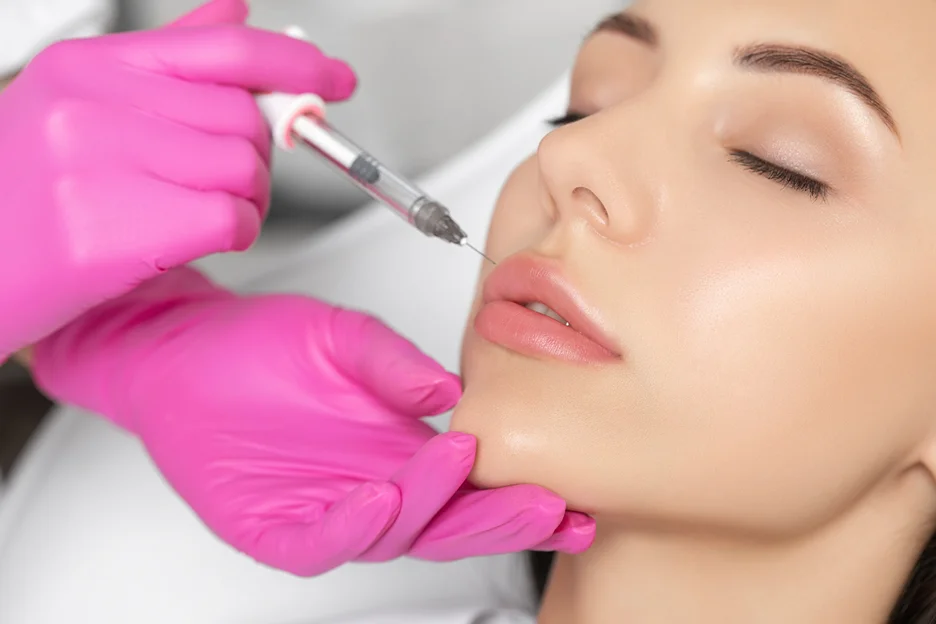Understanding the Risks and Alternatives of “Bad Fillers Face” in Cosmetic Treatments

In the world of cosmetic enhancements, the term “bad fillers face” often emerges as a cautionary phrase. While many individuals seek to improve their appearance through dermal fillers, not all products or procedures deliver the desired outcomes. Here’s an exploration of what constitutes “bad fillers,” the potential risks involved, and how to ensure you make informed choices for facial treatments.
What Are Dermal Fillers?
Dermal fillers are injectable substances used to add volume, smooth out wrinkles, and enhance facial contours. They can be composed of various materials, including hyaluronic acid, calcium hydroxylapatite, and poly-L-lactic acid. When administered by a skilled professional, these fillers can provide natural-looking results and rejuvenate the face.
The Risks of Using Bad Fillers
- Substandard Materials: Some fillers may use inferior or unregulated materials. These low-quality substances can lead to adverse reactions, including infections, prolonged swelling, and uneven results.
- Poor Technique: The skill and experience of the injector are crucial. Improper technique can result in lumps, asymmetry, or migration of the filler, which may cause an unnatural appearance.
- Overuse and Misuse: Excessive use or improper placement of fillers can distort facial features, creating an unnatural look often referred to as “pillow face” or “bad fillers face.”
- Health Risks: In rare cases. Certain fillers can cause serious health issues such as vascular occlusion. Where the filler blocks blood flow. Potentially leading to tissue necrosis or vision problems.
Identifying Quality Fillers
To avoid the pitfalls of bad fillers, consider the following:
- Research: Investigate the type of filler being used and its approval status by relevant health authorities. Reputable fillers are typically FDA-approved or have equivalent certifications in other countries.
- Consultation: Always consult with a board-certified dermatologist or plastic surgeon. They should assess your needs, explain the options, and use high-quality, well-regarded products.
- Reviews and References: Look for patient reviews and ask for references. Experienced practitioners should have a track record of successful procedures and satisfied clients.
- Transparency: A qualified practitioner will be transparent about the materials used, the risks involved, and the realistic outcomes of the procedure.
Alternatives to Dermal Fillers
If you are concerned about the potential risks associated with dermal fillers. You might consider alternative treatments such as:
- Botox: While not a filler. Botox can reduce the appearance of wrinkles by relaxing facial muscles.
- Laser Treatments: Laser therapies can improve skin texture, tone, and elasticity without the need for injections.
- Skincare Products: High-quality skincare regimens can address signs of aging and improve skin health over time.
- Natural Methods: Techniques like facial exercises and a healthy diet can also. Contribute to a more youthful appearance without the need for cosmetic interventions.
Conclusion
The allure of dermal fillers is undeniable. But it is crucial to be aware of the potential risks of using subpar products or procedures. By doing thorough research, consulting with experienced professionals, and considering alternative treatments, you can make informed decisions that enhance your appearance safely and effectively. Remember, your face is a delicate canvas—treat it with care and choose wisely.




